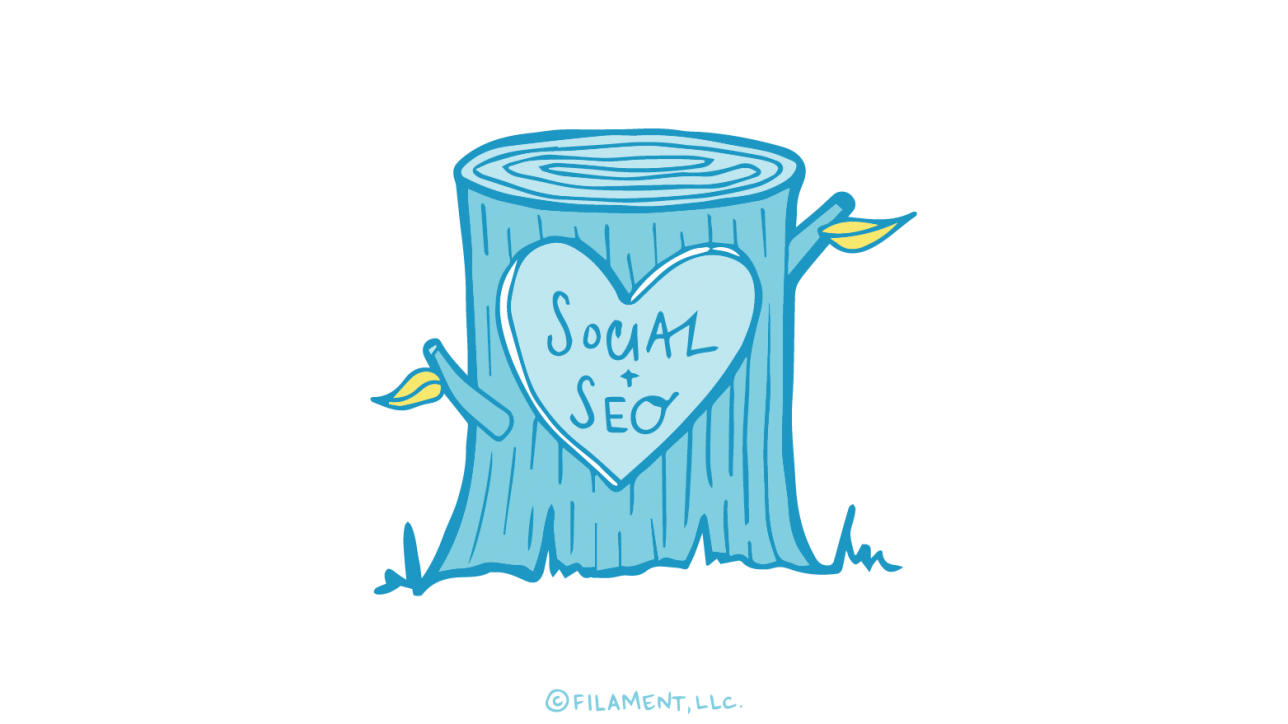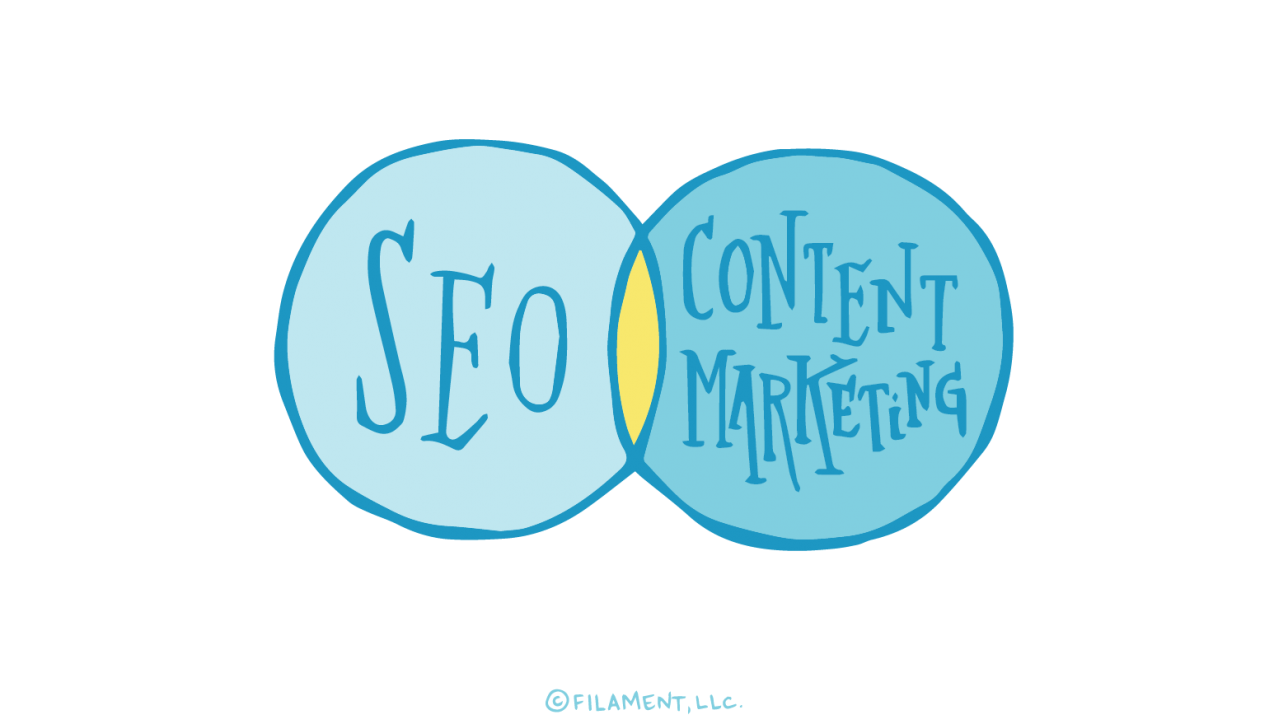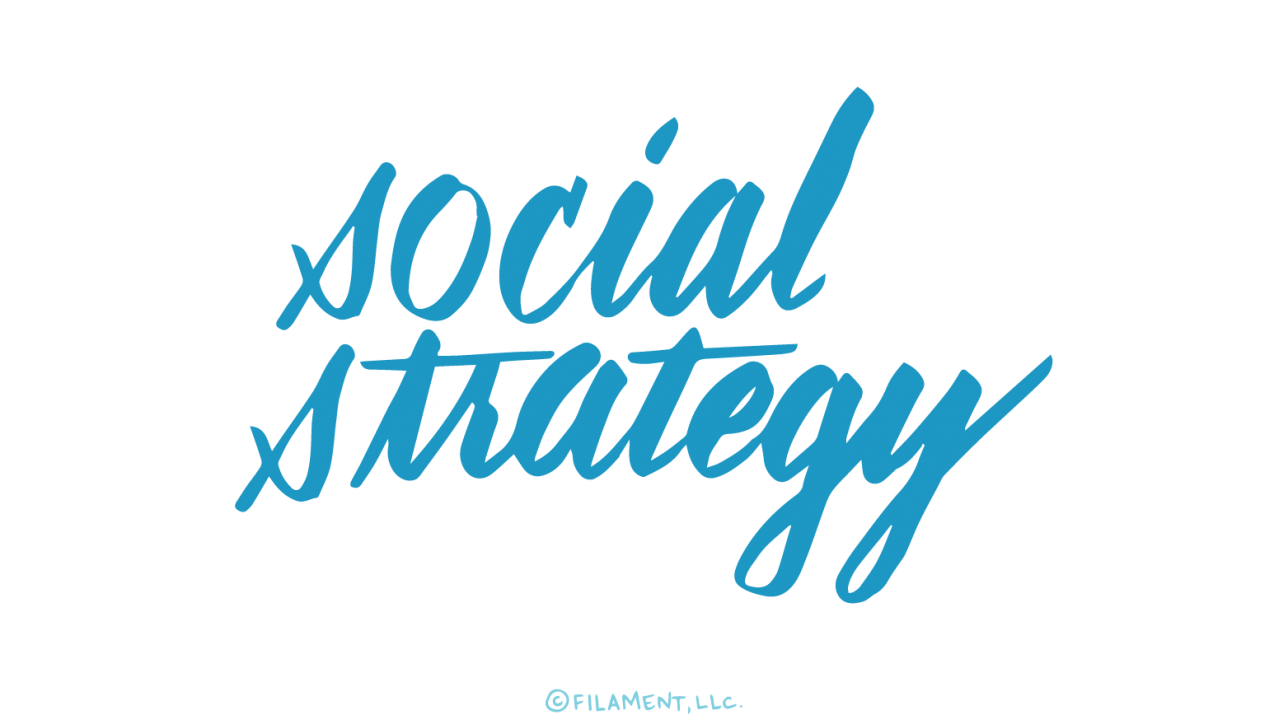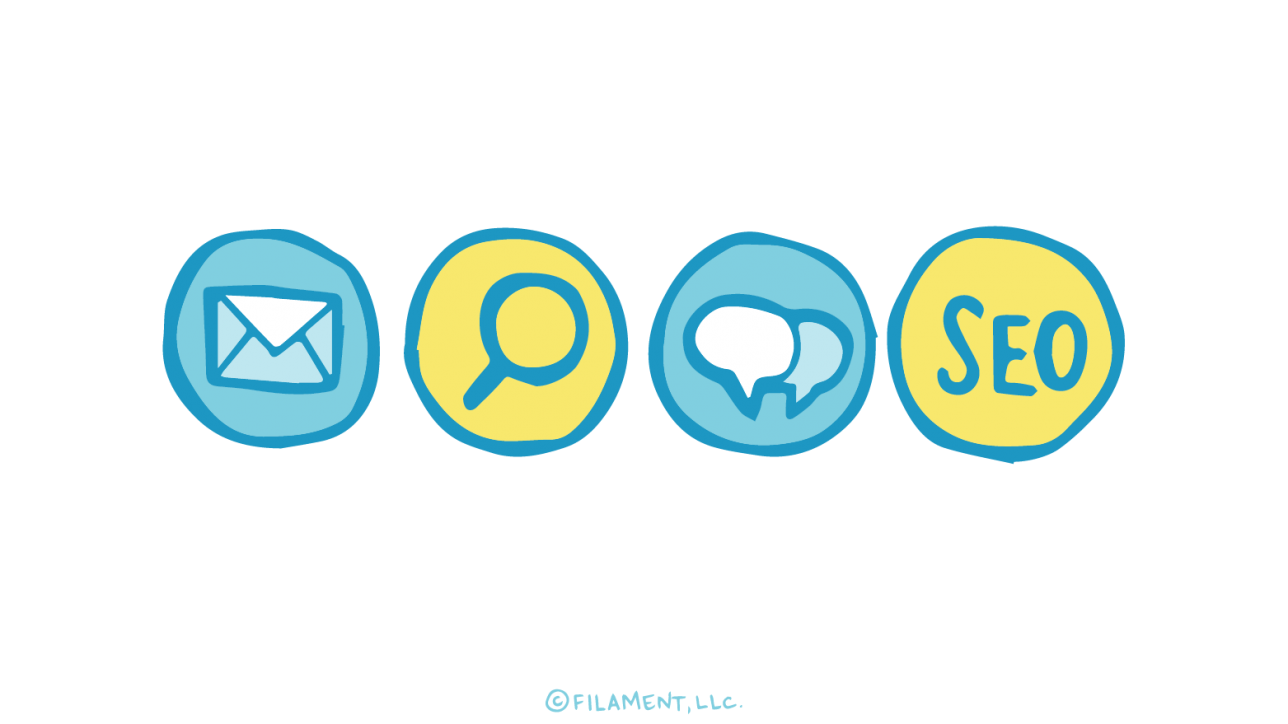We’ve all heard the term “silo” used before. In this case, we’re talking about the a long-standing corporate buzzword used to describe a business environment that doesn’t really play well with others. Social media marketing is not a silo. Actually, it can’t be. Social media marketing is all about opening up a brand and cultivating communities who love it. It’s about connecting all the dots, and yes, crossing all the lines. As social media marketing managers, it’s our job to make sure our brand’s social media activities play well with others.
EMAIL INTENTIONS
While your email team writes body copy and subject lines dialed in to your brand’s identity, they and your social team also need to work together to create content that connects those emails with the rest of the world. Emails can help direct customers to various social media venues. Similarly, social media can be used to remind customers to check their inbox for special features shared only with those who have signed up to receive “insider information”.
When social media marketing and emails volley back and forth to help direct customers to more and better information, both the customers and the brand wins.
BIENVENUE
Social media venues serve different purposes for both customers and brands. To determine how and why you use different venues, you might want to look closely at the demographics of each of them. Of course, demographics alone won’t be enough to determine every detail of your interaction, but it will certainly help direct your efforts more appropriately.
Let’s consider Facebook for example. Facebook stats are hard to ignore—no matter how you feel about it personally. It’s been around for a while and it’s fairly easy to use. It’s sort of a catch-all venue that offers a fairly intuitive, user-friendly arena in which to share a wide variety of experiences. Photos, words, videos, memes, check-ins, and links to everything imaginable can be published on timelines in an instant. What’s not to “Like”? Maybe Facebook is your go-to for meeting people and introducing them to your brand. That’s where conversations can happen and people can share their experiences and interact with other customers.
And let’s not forget about all the referral traffic! Every time someone “Likes” or comments on a brand’s page, that information is published on their feed for all their friends to see. While that can be a bit of an annoyance to those of us who don’t really want the whole world to know what we Like, referred information is part of what’s so attractive to advertisers. It’s a constant source of new customers. Whether or not you’re promoting or sponsoring (i.e., paying for) your Facebook posts, people are seeing them via their friends’ activity on your Page. So, post carefully. Plan conversations. Focus on converting visitors into customers with savvy, relevant content.
PRO TIP: Don’t just “do” Facebook. Find brands who are doing it right, and develop ways to adapt their practices to fit your brand’s goals.
Similarly, maybe Twitter is where your customers can ask customer service-related questions. The statistics indicating that about 30% of top brands have handles dedicated to customer service are fairly consistent. Is your brand one of them? Again, find brands that are doing it right and find ways to implement more successful methods into your customer care practices.
Is Pinterest your bag? Think about directing people to your brand’s Pinterest boards as a resource for ideas and inspiration. Do you have products that show well? Give Snapchat a spin! Sometimes a short-lived video is worth a thousand words – and can sell a lot more effectively than an ad. If you want something with a little more staying power, Periscope is another great option for brands who like to show and tell. The point is, it’s important to use your social media venues to the best of their unique abilities. Do a little discovery to determine what they are and make them work for you.
SIGN ME UP
They say mailing lists are critical, and they’re right. People only sign up for mailing lists because they’re interested in doing so. Unlike our social media venues, we “own” our mailing lists. They’re not subject to ad-driven algorithmical updates and new ranking methodologies unless we create them ourselves. Getting people to sign up for your emails is much easier when several forms of invitation are used, and social media is one of the best forms of invitation there is.
SAY IT AIN’T SEO
Your social media teams and SEO peeps also need to know each other’s numbers by heart. Well- researched keywords are worth their weight in gold, but only if they’re used wisely and repeated effectively.
CONTENT-LY YOURS
Similarly, while your content crew is on the cutting edge of marketing conversations, your social savants need to cue up those convos for your social media circles. They need to use the same messaging—tweaked for virtual delivery. The same information is more relevant when delivered in different ways to multiple audiences. One of the best examples is the use of #hashtags. Don’t make the mistake of creating a killer hashtag campaign that only your creative team is aware of. Shout it from the mountaintops on all fronts. Use it again and again in social media—and don’t forget to develop and repeatedly share the story that explains the significance of the hashtag!
If you’re going to hashtag your message, make sure the copywriters are building it into both physical and virtual collateral on a regular basis. In order to be effective, hashtags need to be posted, emailed, shared, tweeted, snapped, and pinned across the board. The same goes for social media in general. It’s not just something to “do” and check off your list. Social media can’t just be there… It has to be growing and evolving, shaking hands and kissing babies, always making new friends while continuing to love the old. And it can only do that if it crosses all the lines.
Does your brand play well with others? If you’re looking for ways to make sure your brand is one of the most popular kids on the social media marketing playground, call us! We’ve got all kinds of ideas to share!











